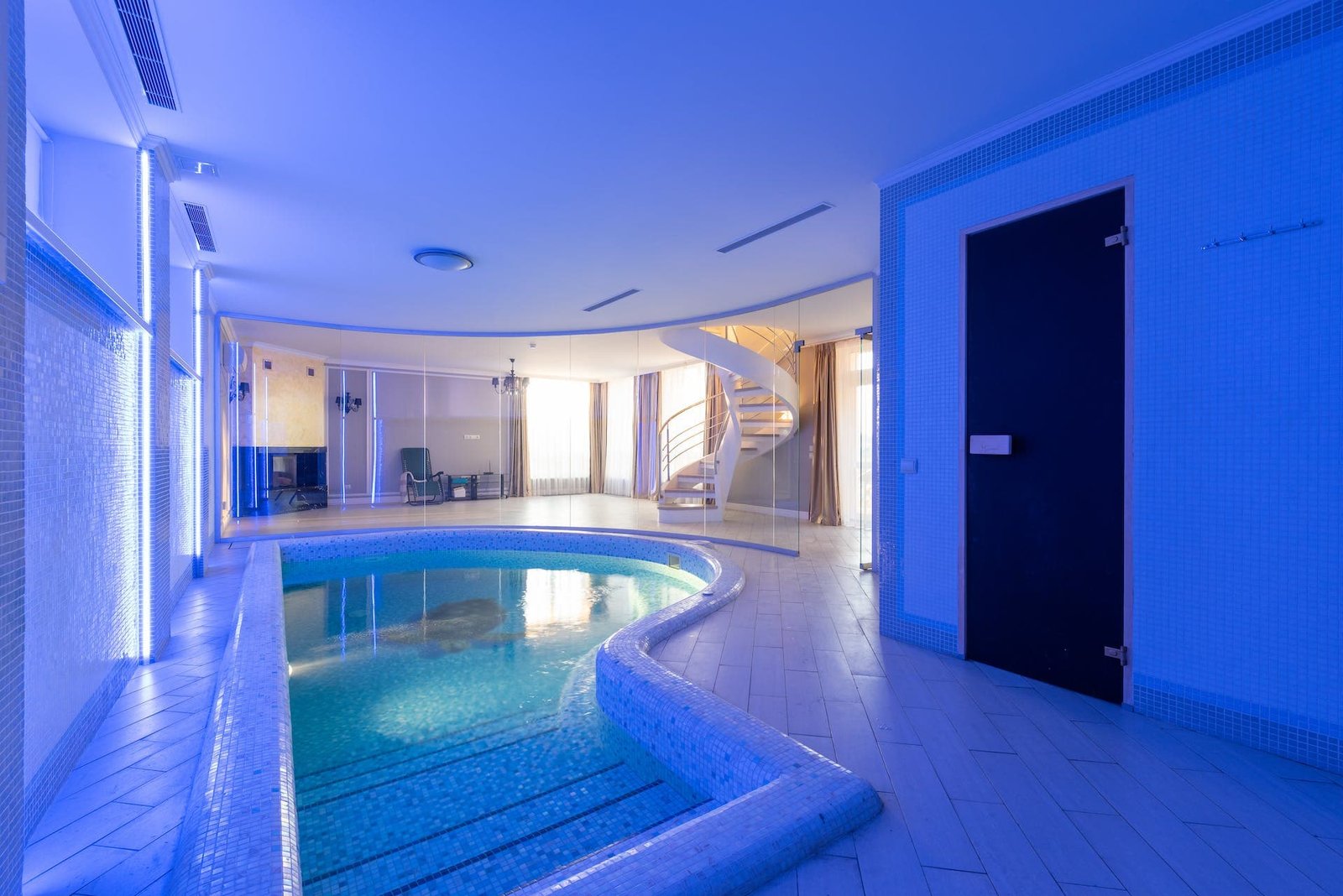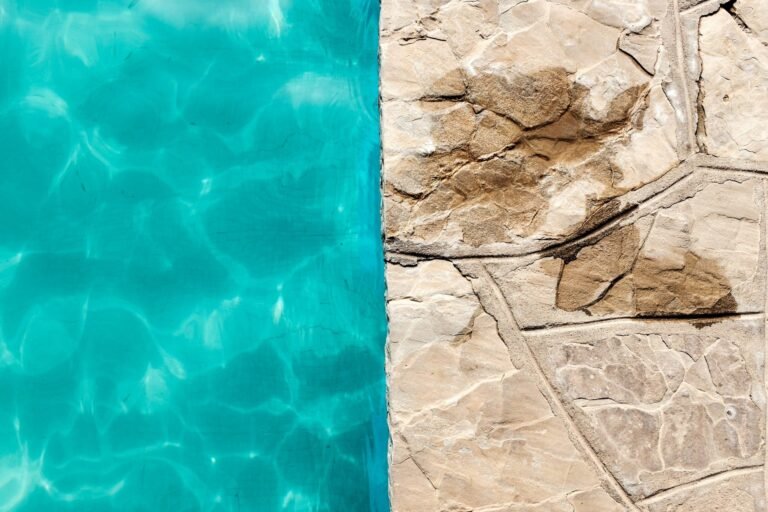The Importance of Water Balancing
In the intricate tapestry of pool maintenance, achieving the perfect water balance is an art that goes beyond aesthetics—it’s a science that impacts the safety and longevity of your pool. In this blog post, we delve into the crucial aspect of water balancing, exploring its significance in preserving water quality, preventing corrosion, and ensuring a safe and enjoyable swimming environment. Join us as we unravel the mysteries of pH, alkalinity, and chlorine levels, guiding you towards mastering the art of water balancing for a pristine and inviting pool.
Understanding pH Levels
The foundation of water balancing lies in understanding and maintaining the pH levels of your pool. In this section, we explore the importance of pH, which measures the acidity or alkalinity of the water. A balanced pH level ensures the effectiveness of chlorine, prevents corrosion of pool surfaces and equipment, and contributes to a comfortable swimming experience.
We provide insights into how factors such as rainfall, the use of pool chemicals, and the number of swimmers can influence pH levels. With our guidance, you’ll gain the knowledge to keep your pool’s pH in the optimal range, creating a water environment that is both safe and gentle on your pool infrastructure.
Alkalinity: The Buffering Agent
Alkalinity acts as a crucial buffering agent in maintaining stable pH levels. In this segment, we delve into the role of alkalinity in preventing rapid fluctuations in pH, providing stability to your pool water. We discuss the ideal alkalinity range, its impact on water clarity, and how it works hand in hand with pH to create a harmonious aquatic environment.
Our insights include practical tips on adjusting alkalinity levels using products such as alkalinity increasers or decreasers. By grasping the significance of alkalinity as a buffer, you’ll be equipped to maintain a balanced and resilient water chemistry, contributing to the overall health and clarity of your pool water.
Chlorine: The Guardian of Water Quality
Chlorine plays a pivotal role in safeguarding water quality by eliminating harmful bacteria and contaminants. In this section, we demystify the various forms of chlorine, such as free chlorine and combined chlorine, and their impact on sanitation. We guide you through the proper use of chlorine-based products, such as tablets and liquid chlorine, to maintain the right chlorine levels. Our insights extend to the effects of sunlight, bather load, and temperature on chlorine consumption, empowering you to adjust your maintenance routine accordingly. With a comprehensive understanding of chlorine’s role, you’ll be well-prepared to keep your pool water not only crystal clear but also safe and hygienic for every swimmer.
Conclusion
Mastering the art of water balancing is the key to a thriving and enjoyable pool. As you embark on this journey, armed with knowledge about pH, alkalinity, and chlorine, you’ll be equipped to create a pool environment that not only captivates with its clarity but also ensures the longevity of your pool infrastructure. Join us in elevating your pool maintenance routine to an art form, where water balancing becomes second nature, and your pool remains an inviting oasis of refreshment and relaxation.






